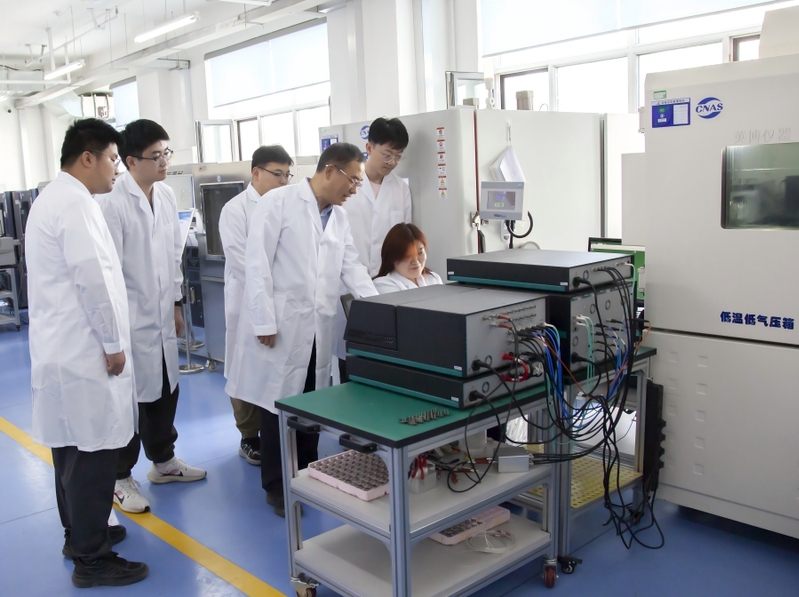At 1:31 am on May 29, China launched the Tianwen 2 probe from the Xichang Satellite Launch Center, marking the start of the country's first asteroid exploration and sample-return mission. Core technologies developed by the Harbin Institute of Technology (HIT) are playing a key role in this groundbreaking endeavor.
A high-temperature, lightweight, ablative-resistant thermal protection material developed by Professors Zhang Xinghong and Hong Changqing's team at HIT's School of Astronautics, in collaboration with the Beijing Satellite Manufacturing Factory, has been applied to the sidewall of the return capsule's heat shield.
The team overcame technical challenges, including multi-scale design, gradient integration, and near-net shaping at room temperature, achieving superior thermal insulation, ultra-lightweight properties, and minimal ablation. Their work lays a solid foundation for crewed deep space and planetary exploration missions.

Professors Zhang Xinghong and Hong Changqing's research team at HIT's School of Astronautics. [Photo/hit.edu.cn]
Under the guidance of Academician Du Shanyi, Professor Li Yao's team from the same school achieved a breakthrough in spacecraft thermal control.
Utilizing metamaterial design concepts, they independently developed a VO₂-based smart thermal control material now used on the Tianwen 2 probe. This marks the world's first aerospace application of VO₂ intelligent thermal materials and represents a milestone in photothermal regulation metamaterials, positioning China at the forefront of global space thermal control technology.
Meanwhile, Professor Guan Wei's team developed advanced modeling techniques for asteroid surface terrains, enabling accurate characterization of large rocks, rubble piles, and soft soil.
The team developed a dynamic simulation module for Tianwen 2's three sampling methods and constructed a closed-loop test system, integrating the probe's guidance, navigation, and control (GNC) system. Its work provides critical theoretical and data support for site selection and sampling strategy, ensuring mission success.
Professor Ma Guangcheng also led the development of a semi-physical GNC simulation system for soft landings on extraterrestrial bodies. This system has been crucial in validating autonomous landing guidance and control technologies for Tianwen 2, providing key data and experimental support for the mission's critical phases.
In addition, the mission imposed stringent reliability and quality requirements on the spacecraft's neural system, the aerospace electrical systems responsible for signal transmission, control execution, and power distribution.
Professor Zhai Guofu's team at HIT's School of Electrical Engineering and Automation pioneered a theory of quality consistency, achieving significant advancements in long-life, high-reliability design under extreme conditions. Their work has transformed China's aerospace electrical technology from a follower to a global leader, with the team's products withstanding extreme temperatures and intense vibrations, ensuring stable power management and signal transmission for Tianwen 2's communications and navigation systems.

